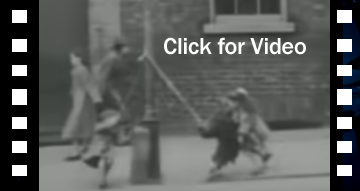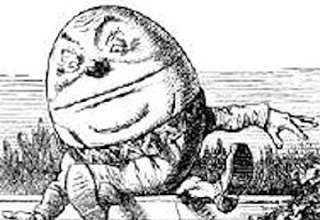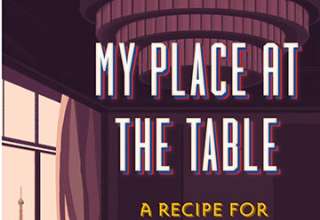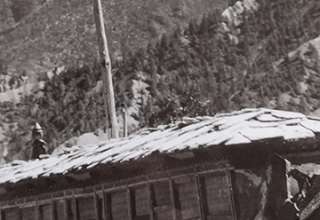By Ed Boitano
Most children’s nursery rhymes have joyful and uplifting lyrics. But, when we look deep into their core, many of the soothing melodies and their haunting rhyming schemes, are bleak, sinister and deathly macabre and more.
The Rare Ould Times
Raised on songs and stories, heroes of renown,
The passing tales and glories, that once was Dublin town,
The hallowed halls and houses, the haunting children’s rhymes,
That once was Dublin city, in the Rare Oul Times.
The Rare Ould Times is a song composed by Pete St. John in the 1970s for the Dublin City Ramblers. It is sometimes called Dublin in the Rare Ould Times, The Rare Old Times, or The Rare Auld Times.
But first, what did Mr. St. John actually mean with the haunting children’s rhymes?
When the Merrian Webster Dictionary describes an act of haunting as a noun, it is defined by a visitation or inhabitation by a ghost.
Example I:
… “its early history is replete with drama: duels, murders, shipwreck… even ghostly hauntings.”
– Sally Gibson
But then, haunting as an adjective: having qualities such as sadness or beauty that linger in the memory, not easily forgotten, a haunting melody, haunting images.
Example II:
… “pale, branchless tree trunks with a haunting, Georgia O’Keeffe quality.”
– Susannah Master.
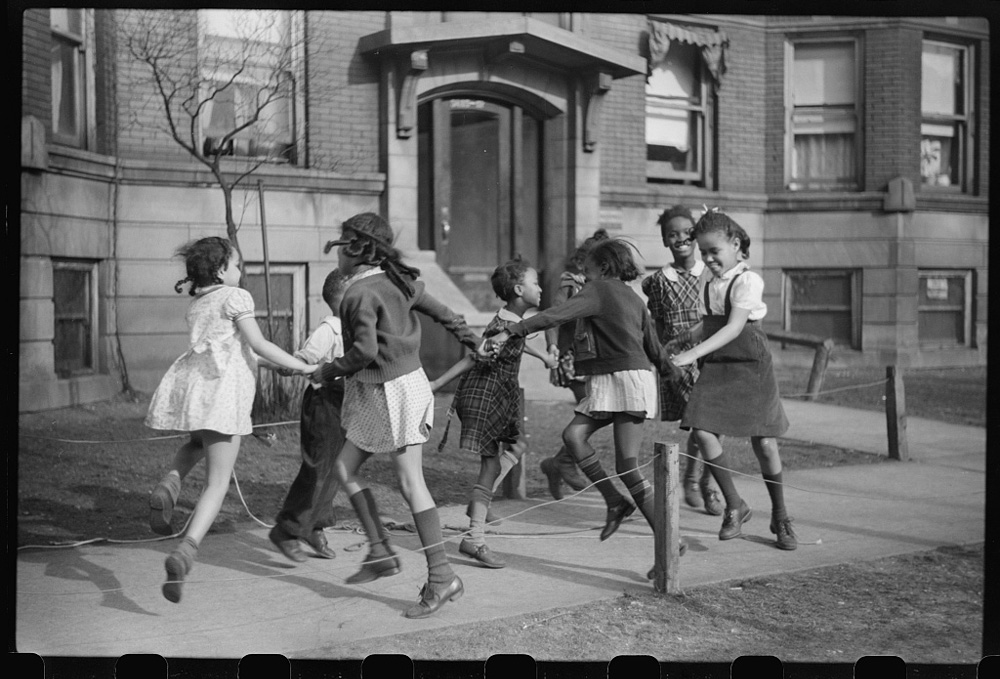
Some literary theorists opine that, Ring-Around-A-Rosies is thought to be a reference to The Great (London) Plague of 1665, killing one-fifth of the city’s population that year. This theory explains that the plague presented itself as a rosy rash and pockets full of posies were how people protected themselves from the smell of death all around them.
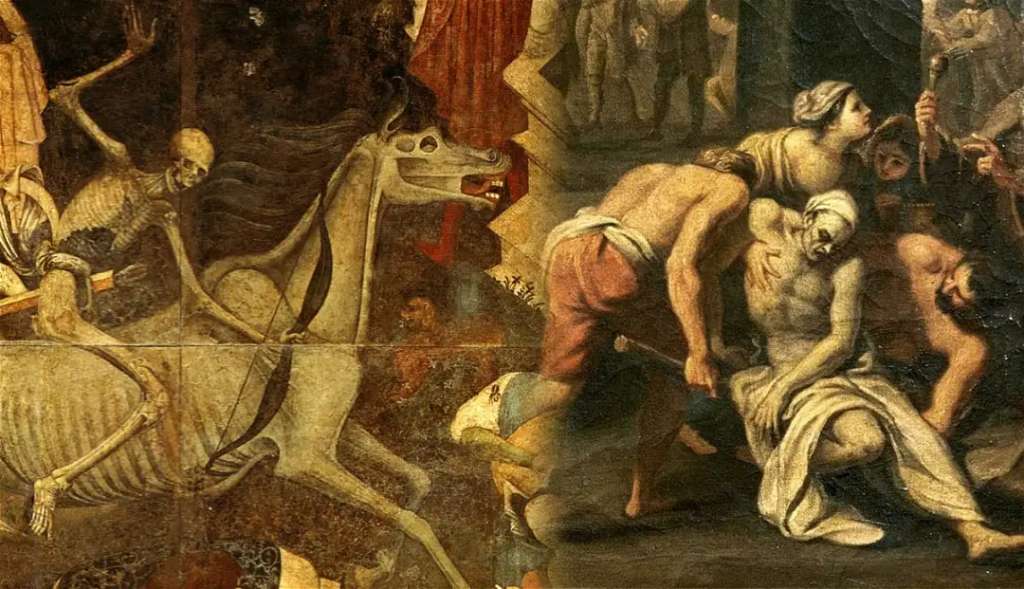
The Black Death in Europe
The Black Death was a bubonic plague pandemic occurring in Europe from 1346 to 1353. One of the most fatal pandemics in human history, as many as 50 million people perished, perhaps 50% of Europe’s 14th century population. Bubonic plague is caused by the bacterium Yersinia pestis and spread by fleas.
Lullabies
The oldest children’s songs for which records exist are lullabies, intended to help a child fall asleep. Lullabies can be found in every human culture. The English term lullaby is thought to come from “lu, lu” or “la la” sounds made by mothers or nurses to calm children, and “by by” or “bye bye,””, either another lulling sound or a term for a good night. Until the modern era, lullabies were usually recorded only incidentally in written sources. The Roman nurses’ lullaby, “Lalla, Lalla, Lalla, autdormi, autlacta”, is recorded in a scholium on Persius and may be the oldest to survive.
Many medieval English verses associated with the birth of Jesus take the form of a lullaby, including Lullay, my liking, my dere son, my sweting and may be versions of contemporary lullabies. But, many literary scholars believe that those used today date stem from the 17th century, such as Rock-a-bye Baby.
The Real Personages of Mother Goose
John Bellenden Ker Gawler (1764-1842) wrote, Many nursery rhymes have ideas which link between rhymes and historical persons, or events, can be traced back to Katherine Elwes’ book “The Real Personages of Mother Goose” (1930), in which she linked famous nursery rhyme characters with real people, on little or no evidence. She believed that children’s songs were a peculiar form of coded historical narrative, propaganda or covert protest, and did not believe that they were written simply for entertainment, when translated into English, reveal in particular a strong tendency to anti-clericalism.
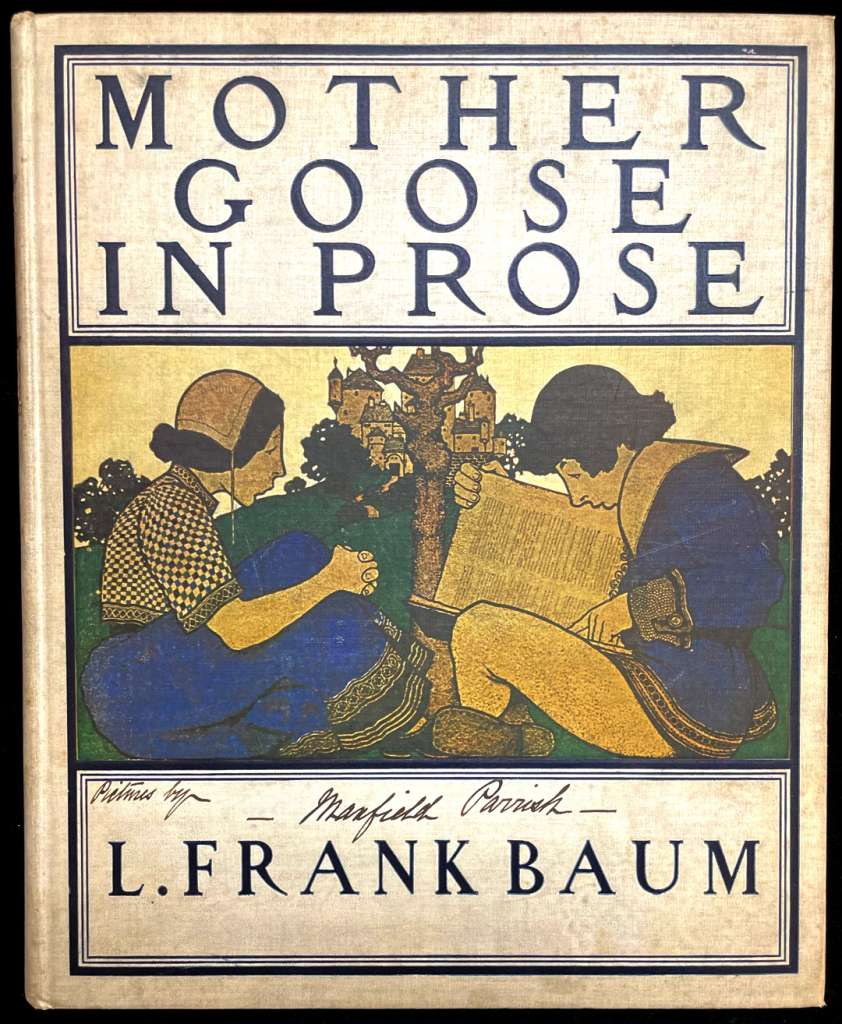
But let’s take a further look at John Bellenden Ker Gawler’s theme, for it’s difficult not to take a hard (or soothing) look into the origins and meaning of nursery rhymes without acknowledging the Mother Goose Classic Collection, a collection of twenty-two children’s stories based on Mother Goose Nursery Rhymes, which first appeared in literary history around the 1600s. See Blanche Fisher Wright’s version below:
Old Mother Goose
Old Mother Goose, when
she wanted to wander,
Would ride through the air
On a very fine gander.
Mother Goose had a house,
‘Twas built in a wood.
An owl at the door
For a porter stood.
She had a son Jack,
A plain-looking lad.
He was not very good,
Nor yet very bad.
She sent him to market,
A live goose he bought.
“Here! Mother,” says he,
“It will not go for naught.”
Jack’s goose and her gander
Grew very fond;
They’d both eat together,
Or swim in the pond.
Jack found one morning,
As I have been told,
His goose had laid him
An egg of pure gold.
Jack rode to his mother,
The news for to tell.
She called him a good boy
And said it was well.
In the 20th century, Katherine Elwes-Thomas indicated that the image and name, Mother Goose or Mèrel’Oye might be based upon ancient legends of the wife of King Robert II of France, known as Berthe la fileuse (Bertha the Spinner) or Berthe pied d’oie (Goose-Footed Bertha).
Are nursery rhymes good for children’s ears?
Nursery rhymes are thought to be instrumental in helping children develop an ear for language, that is according to Mem Fox, author of Reading Magic. The short, rhythmic style of nursery rhymes help children to sound out unfamiliar words, aiding them in vocabulary expansion as they begin learning how to read and process other crucial language skills.
Experts in literacy development have discovered that if children know eight nursery rhymes by the time they’re four years old, they’re usually among the best readers by the time they’re eight.
Once children have masses of rhythmic gems like these in their heads, they’ll have a huge store of information to bring to the task of learning to read, a nice fat bank of language: words, phrases, structures, and grammar.
But, Old Mother Goose & Ring-Around-A-Roses are not the only children’s rhymes with a deep step back into a dark history.
London Bridge is Falling Down
So, what about London Bridge Is Falling Down, a rhyme in reference to the Great Fires that destroyed the London Bridge in the 1630s, or was it ever connected to the pillaging Viking attacks on the bridge during the centuries prior?

The theory is that the bridge is built on grounds of human sacrifice and that’s the only thing that keeps it standing today. Publication dates, though, often dispute this theory since the poem was first published years after these incidents had occurred.
The English nursery rhyme seems innocent on the surface, but some scholars believe it’s a reference to immurement – the medieval punishment where a person is locked inside a room until they died.
Mary, Mary, Quite Contrary
Another popular rhyme is Mary, Mary, Quite Contrary, which some believe to reference Queen Mary I and her mass execution of Protestants during her reign.
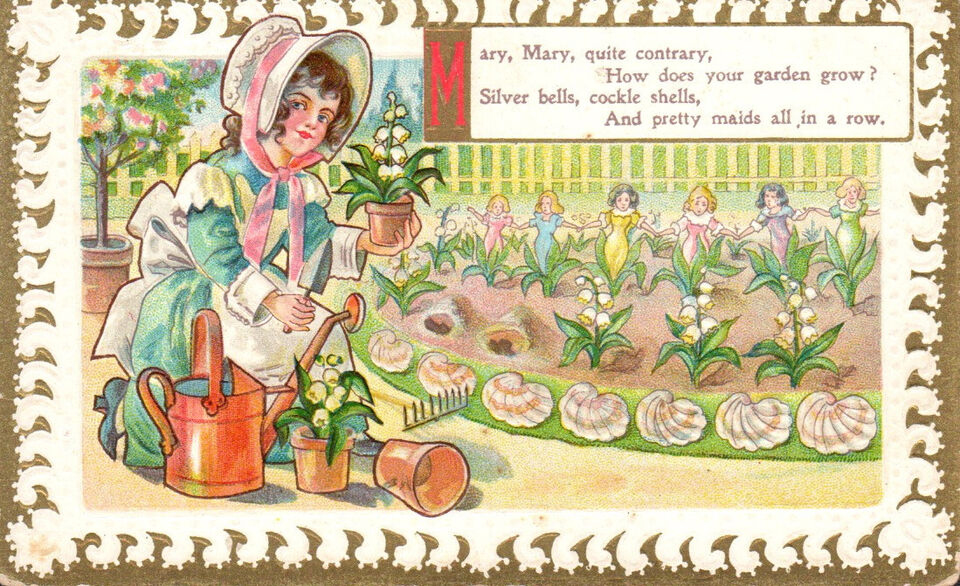
Like many nursery rhymes, Mary, Mary, Quite Contrary has acquired various historical explanations. One theory is that it is a religious allegory of Catholicism, with Mary being Mary, the mother of Jesus, bells representing the sanctus bells, the cockleshells the badges of the pilgrims to the shrine of Saint James in Spain (Santiago de Compostela) and pretty maids are nuns, but even within this strand of thought there are differences of opinion as to whether it is lament for the reinstatement of Catholicism or its persecution. Another theory sees the rhyme as connected to Mary, Queen of Scots (1542-1587), with how does your garden grow referring to her reign over her realm, silver bells referring to (Catholic) cathedral bells, cockle shells insinuating that her husband was not faithful to her, and pretty maids all in a row referring to her ladies-in-waiting, the four Maries.
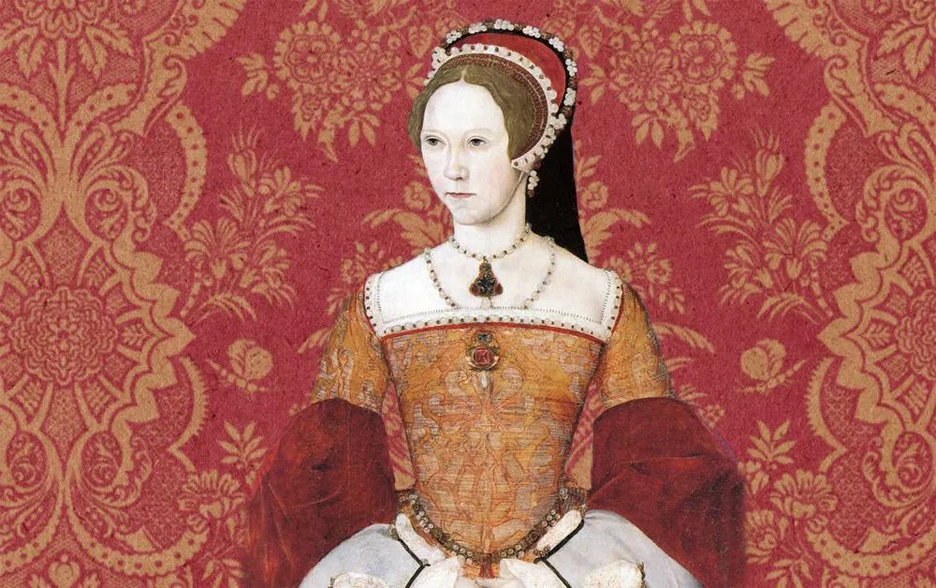
Mary has also been identified with Mary I of England (Bloody Mary, 1516-1558), with How does your garden grow? said to refer to her lack of heirs, or to the common idea that England had become a Catholic vassal or branch of Spain and the Habsburgs. It is also said to be a punning reference to her chief minister, Stephen Gardiner. Quite contrary is said to be a reference to her unsuccessful attempt to reverse ecclesiastical changes effected by her father Henry VIII and her brother Edward VI. The pretty maids all in a row is speculated to be a reference to miscarriages, her execution of Lady Jane Grey or alternately to her executions of the Protestants.” – The Oxford Dictionary of Nursery Rhymes.
And, Three Blind Mice, is considered another rhyme based on her executions. The cockle shells and silver bells are reportedly a reference to torture devices used during the era.
And, in the end, what more else can I say, for many of the soothing children’s nursery rhymes from my youth, turned out to be something entirely a different thing – pain, death, envy, theft, executions and destruction – which still defines the world in which we live in today.
Stay tuned for Children’s Dark Nursery Rhymes, Part II.
